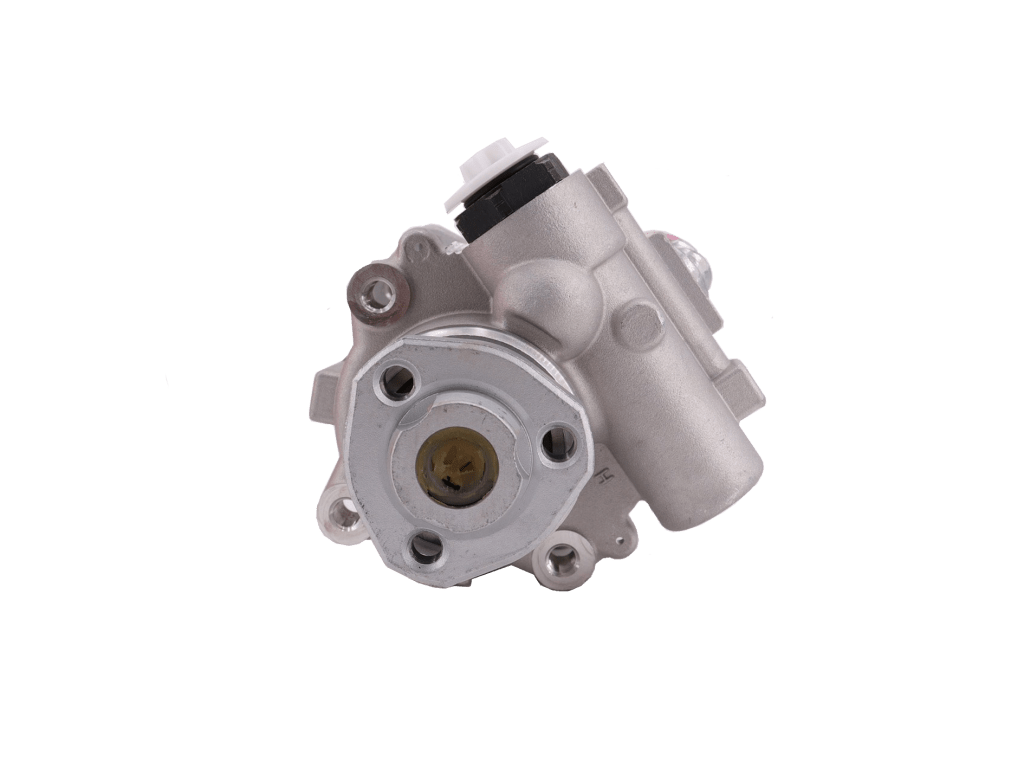
To ensure your industrial motors run reliably, focus on these five core, preventative actions:
- Vibration Analysis: Use meters to detect excessive shaking caused by misalignment, imbalance, or worn bearings. Catch mechanical stress early.
- Proper Lubrication: Follow manufacturer specs exactly. Use ultrasonic tools to add the right amount of grease—too much or too little kills bearings.
- Insulation Testing (Megger Check): Regularly test the motor windings for electrical insulation breakdown due to heat or moisture. Prevent winding failure and costly replacement.
- Thermographic Inspection: Use a thermal camera to find “hot spots” caused by loose electrical connections or bearing friction. Identify hidden problems safely.
- Keep it Clean and Dry: Regularly clear dust/dirt from cooling fins to prevent overheating, and protect the motor from moisture. Environmental control protects the core.
Why These 5 Tips are Crucial for Motor Longevity
Your induction motors are the workhorses of your facility, yet they are vulnerable to simple, preventable issues. Implementing these five maintenance tips transforms your approach from reactive—waiting for a motor to fail—to predictive, catching problems while they are small and inexpensive to fix.
The Cost of Neglect vs. Proactive Care
Neglecting a motor is a sure path to an unscheduled, catastrophic failure. This means not only the cost of a new motor (often thousands of dollars) but also the massive expense of downtime (lost production) and expedited shipping for replacement parts. Conversely, these five proactive checks are quick and can be done during routine shifts. They deliver a high return on investment (ROI) by ensuring the motor operates at peak efficiency, reducing electricity consumption, and extending the motor’s lifespan by years. By prioritizing the health of the windings (Insulation Testing) and the integrity of the bearings (Lubrication and Vibration Analysis), you secure your operation’s reliability and budget.
